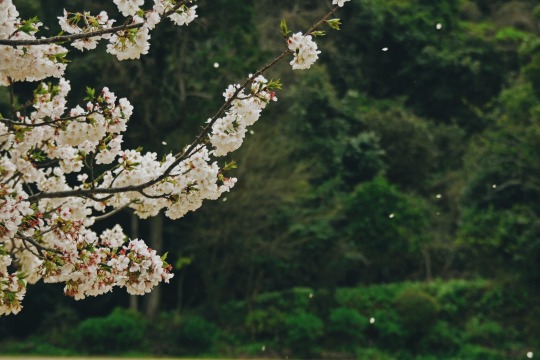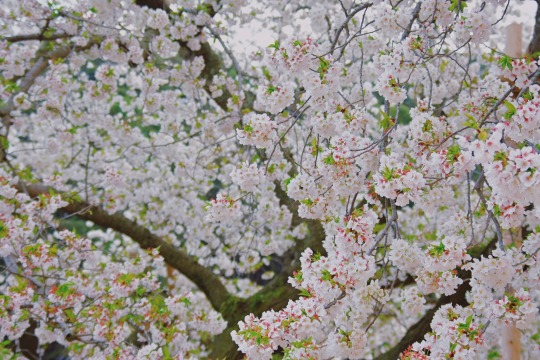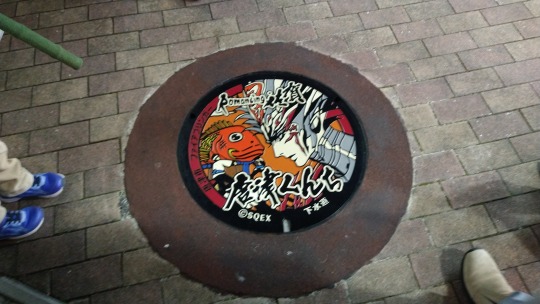#唐津市
Text
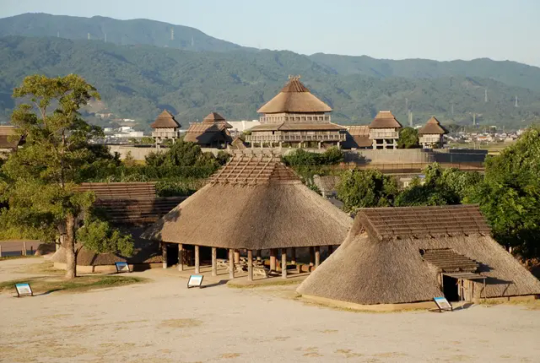
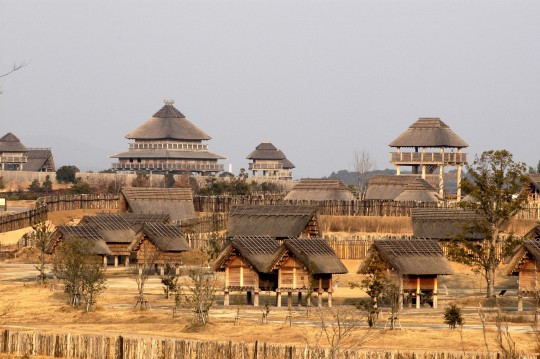
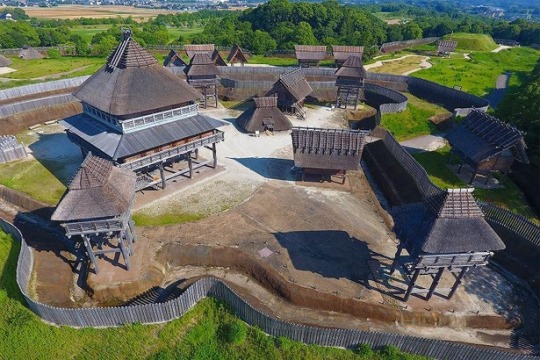
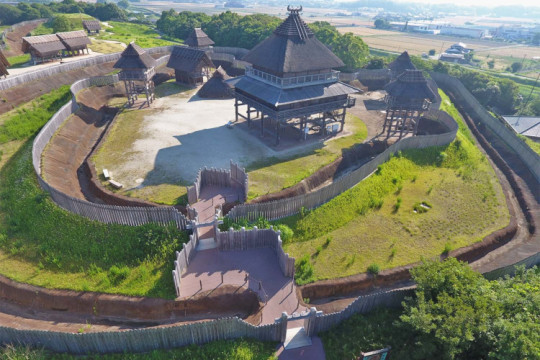
Sean bienvenidos, japonistasarqueológicos, a una nueva entrega de arqueología nipona, una vez dicho esto pónganse cómodos qué empezamos.
—
En la publicación anterior estuvimos hablando de las ruinas de Yoshinogari, que datan del período Yayoi (300-250) pero en este caso del Yayoi tardío y se localizan en la prefectura de Saga. Esta vez vamos a profundizar un poco más en dicho yacimiento. En la década de 1928-1986 y hasta el presente se han estado hallando restos arqueológicos nuevos. Pero las excavaciones y las investigaciones empezaron en 1928, esta fecha corresponde a la era taisho, también se realizaron excavaciones en Fukuoka la prefectura vecina, principalmente ligados a dos temas, la agricultura y la innovación industrial. En la prefectura de saga, se encontraron vasijas del periodo Yayoi, hasta del periodo Nara, hay que entender que el lugar ha podido ser utilizado en periodos históricos simultáneos, desde la prehistoria hasta nuestros días, como ya mencionamos anteriormente, el yacimiento se localiza cerca del mar de Ariake. A 3 kilómetros nos encontramos las ruinas de Mitsunagata, que estaría cerca de la puerta del parque arqueológico.
-
En la década de los años 50, se desentierran en las zonas de cultivos, ataúdes de tinajas. En 1928 aparecen: brazaletes de conchas y cuencos de vidrio. Pero no será hasta la década de los años 70 cuando se hacen excavaciones a gran escala, inclusive prospecciones, al noreste de Yoshinogari en las que se encontraron, espejos de bronce y armas de hierro. Se hallaron restos de edificios que se creen que son almacenes de piso elevado. 1980-1982, se excavó arroz carbonizado, esto nos permitirá saber cuál era la dieta y la procedencia del mismo. En 1986, por motivos industriales y por el canal de agua en la prefectura de Saga que comunica el río Chikugo, hasta el río Kase, esto desentierra restos de fosos y huecos de postes de madera.
—
Espero que os haya gustado y nos vemos en próximas publicaciones, que pasen una buena semana.
-
日本の考古学者の皆さん、日本の考古学の新しい記事へようこそ。そうは言っても、気を楽にして始めましょう。
—
前回は、弥生時代(300~250年)、今回は弥生後期、佐賀県にある吉野ケ里遺跡についてお話しました。 今回はこの預金についてもう少し詳しく掘り下げていきます。 1928 年から 1986 年の 10 年間と現在に至るまでに、新しい考古学的遺跡が発見されています。 しかし、発掘調査が始まったのは大正時代にあたる1928年で、隣県の福岡でも主に農業と産業革新という2つのテーマに沿った発掘調査が行われました。 佐賀県では弥生時代から奈良時代の器物が出土しており、先史時代から現代に至るまでの同時期に使われていた可能性があることは、前述したとおりです。有明海の近く。 3キロほど離れたところに、遺跡公園のゲート付近にある三長田遺跡がある。
-
50年代の10年間に、栽培地域で壺の棺が発掘されました。 1928年に貝殻のブレスレットとガラスのボウルが登場しました。 しかし、吉野ヶ里の北東で測量を含む大規模な発掘が行われ、青銅鏡や鉄製の武器が発見されるのは70年代の10年になってからである。 高層倉庫とみられる建物跡が見つかった。 1980年から1982年にかけて焦げた米が発掘され、その食性や起源を知ることができます。 1986年、産業上の理由と、筑後川から嘉瀬川につながる佐賀県の水路の堀と木の柱穴の遺跡が発掘されました。
—
気に入っていただければ幸いです。今後の出版物でお会いしましょう。良い一週間をお過ごしください
Welcome, Japanese archaeologists, to a new installment of Japanese archaeology, having said that, make yourself comfortable and let's start.
—
In the previous post we were talking about the Yoshinogari ruins, which date from the Yayoi period (300-250) but in this case from the late Yayoi and are located in the Saga prefecture. This time we are going to delve a little deeper into said deposit. In the decade of 1928-1986 and up to the present, new archaeological remains have been found. But the excavations and investigations began in 1928, this date corresponds to the Taisho era, excavations were also carried out in Fukuoka the neighboring prefecture, mainly linked to two themes, agriculture and industrial innovation. In the prefecture of saga, vessels from the Yayoi period to the Nara period were found, it must be understood that the place could have been used in simultaneous historical periods, from prehistory to the present day, as we mentioned above, the site is located near of the Ariake Sea. 3 kilometers away we find the ruins of Mitsunagata, which would be near the gate of the archaeological park.
-
In the decade of the 50s, coffins of jars were unearthed in the cultivation areas. In 1928 they appear: shell bracelets and glass bowls. But it will not be until the decade of the 70s when large-scale excavations, including surveys, are made northeast of Yoshinogari in which bronze mirrors and iron weapons were found. Remains of buildings believed to be high-floor warehouses were found. 1980-1982, charred rice was excavated, this will allow us to know its diet and origin. In 1986, for industrial reasons and for the water channel in Saga Prefecture that connects the Chikugo River, to the Kase River, this unearths remains of moats and wooden post holes.
—
I hope you liked it and see you in future publications, have a good week.
#日本#韓国#考古学#遺跡#佐賀県#九州#歴史#先史#新石器時代#文化#吉野ヶ里遺跡#地理#弥生時代#有明海#唐津市#鍋岳遺跡#ユネスコ#Japan#Korea#Archaeology#Ruins#Saga Prefecture#Kyushu#History#Prehistory#Neolithic Age#Culture#Yoshinogari Ruins#Geography#Yayoi Period
39 notes
·
View notes
Text

2023.11.2 ~ 唐津神社・唐津くんち(宵曳山)
2 notes
·
View notes
Photo
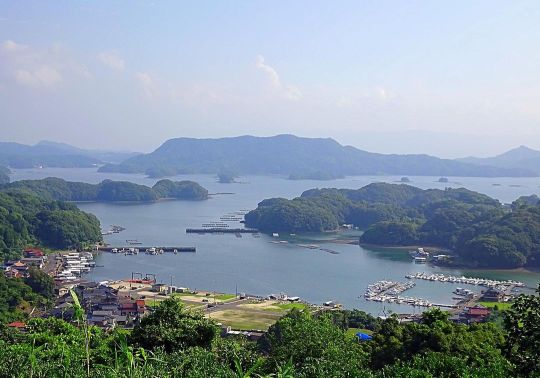
〜 旅人の記録 〜 佐賀県唐津市肥前町 「玄界灘・伊万里湾」 久しぶりの九州上陸。 市街地を抜けて玄界灘の方向へ。 丘の上から伊万里湾を見下ろすルートは大浦地区。 点在する島々が美しく、目に飛び込んで来て車を停めます。 これが自然の芸術品ですね。 〜 旅人の記録 〜 #佐賀県 #唐津市 #肥前町 #大浦 #玄界灘 #伊万里湾 #半島の町 #美しい島々 #美しい岡 #心に残る良い旅を #旅 #独り旅 #旅人の記録 . https://www.instagram.com/p/Ch3eBUlJ3xM/?igshid=NGJjMDIxMWI=
2 notes
·
View notes
Photo

今日も素敵な部屋でのんびりと。^_^ @#洋々閣 #唐津市 (旅館 洋々閣 ryokan yoyokaku) https://www.instagram.com/p/Cl59zgryuM8Ml1BnS4Q6zOsXm_jDj1un-W4WOc0/?igshid=NGJjMDIxMWI=
0 notes
Photo

Karatsu Kunchi 御旅所神幸 文化の日。これが旅のメイン目的ではなかったけど、開催してると知ってしまったら祭り好きが行かないわけがないと、唐津に立ち寄り。14台迫力満点!! 私お気に入りは、1番曳山、赤獅子です❤︎ #唐津くんち #佐賀 #唐津市 #唐津神社 #例大祭 #ユネスコ無形文化遺産 #重要有形民俗文化財 #文化の日 #乾漆 #曳山 #笛 #太鼓 #鐘 #囃子 #曳子 #豪華絢爛 #勇壮 #粋 #いなせ #掛け声 #九州 #travel #巡業 #festival #autumn #november #japan #traditional #fun #holiday (唐津くんち 曳山ナビ) https://www.instagram.com/p/ClYy2vLPFg7/?igshid=NGJjMDIxMWI=
#唐津くんち#佐賀#唐津市#唐津神社#例大祭#ユネスコ無形文化遺産#重要有形民俗文化財#文化の日#乾漆#曳山#笛#太鼓#鐘#囃子#曳子#豪華絢爛#勇壮#粋#いなせ#掛け声#九州#travel#巡業#festival#autumn#november#japan#traditional#fun#holiday
0 notes
Text
#ロマ佐賀#ロマンシングサガ#マンホール#佐賀市#唐津市#唐津くんち#SAGAアリーナ#ロックブーケ#アルベルト#かみ#ジェラール#せんせい#ファイアブリンガー#詩人#クローディア#ビューネイ#イスカンダール
0 notes
Text
旅宿よぶこ/佐賀県唐津市【旅館】名物イカの躍り食いを部屋食でいただく
旅宿よぶことは
旅宿よぶこは、佐賀県唐津市呼子町殿ノ浦(さがけんからつしよぶこちょうとののうら)にある旅館だ。
全プランご夕食はお部屋食です!ごゆっくりお食事をどうぞ 皆様のお越しをお待ちしております。
旅宿 よぶこ 設備・アメニティ・基本情報【楽天トラベル】 から引用
(more…)

View On WordPress
0 notes
Text
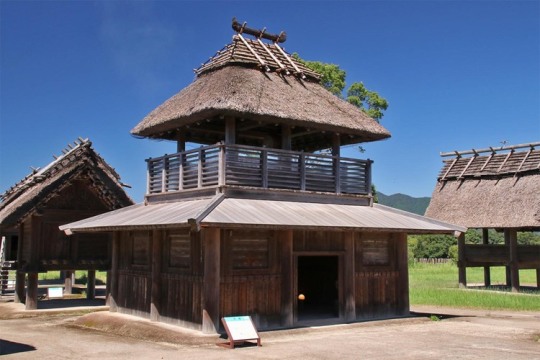



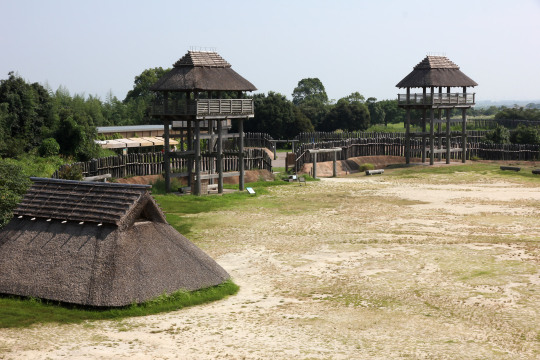
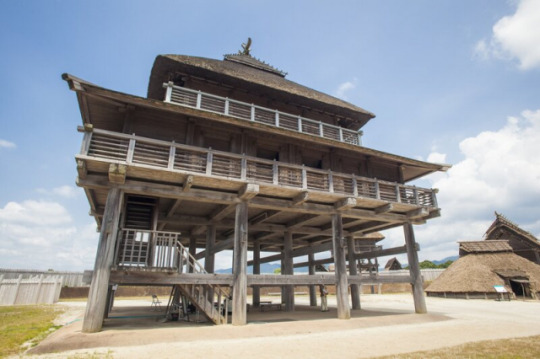
Sean bienvenidos, japonistasarqueológicos, a una nueva entrega de arqueología nipona, una vez dicho esto pónganse cómodos qué empezamos.
-
Nos volvemos a trasladar a la prehistoria japonesa que, cada día, nos sorprende con un nuevo hallazgo arqueológico. Las ruinas de Yoshinogari, datan del periodo Yayoi(III-IV) pero en este caso del Yayoi tardío y se localizan en la prefectura de Saga¿Cuándo llegó el arroz a japón? Y¿por dónde llegó? Hay dos teorías: una que llegó de china y la otra desde Corea hasta la isla de Kyushu a través del mar de Ariake. El enorme asentamiento está rodeado por tres fosos y es la raíz de los castillos en Japón, ha sido seleccionado como uno de los 100 castillos más famosos de Japón.
-
En el periodo Yayoi, se caracteriza porque es cuando aparecen las clases guerras y las clases dirigentes a raíz de la acumulación de poder, esto corresponde a los jefes locales, por ejemplo: La residencia de la clase dominante en el recinto interior sur, no confundir con realeza japonesa, hay que recordar que a los poblados se les instalaba un punto religioso, por aquella época predominaba el Sintoismo como: es el caso del santuario principal construido en el recinto interior norte.
-
El yacimiento cuenta con atalaya del recinto interior sur, de carácter defectivo, al sur se encuentra el pueblo con viviendas tipo foso y almacenes para guardar el arroz rojo que era el que se cultivaba en aquella época y en la ciudad de Karatsu, también en la prefectura de Saga, se encuentran las ruinas de Nabatake, las ruinas de cultivo de arroz más antiguas de Japón.
-
Durante el periodo Yayoi y Kofun tuvieron lugar una serie de migraciones desde la península de corea, esto trajo consigo que las poblaciones coreanas y japonesas de la zona se mezclaran generando mestizos, además de transmitir sus conocimientos de la agricultura.
-
Espero que os haya gustado y nos vemos en próximas publicaciones, que pasen una buena semana.
Welcome, Japanese archaeologists, to a new instalment of Japanese archaeology, so make yourselves comfortable and let's get started.
-
We move back to Japanese prehistory, which surprises us every day with a new archaeological find. The ruins of Yoshinogari, dating from the Yayoi period (III-IV) but in this case from the late Yayoi period, are located in the prefecture of Saga When did rice arrive in Japan? And where did it arrive? There are two theories: one that it came from China and the other from Korea to the island of Kyushu via the Ariake Sea. The huge settlement is surrounded by three moats and is the root of castles in Japan, it has been selected as one of the 100 most famous castles in Japan.
-
The Yayoi period is characterised by the emergence of the warring and ruling classes as a result of the accumulation of power, this corresponds to the local chiefs, for example: The residence of the ruling class in the southern inner precinct, not to be confused with Japanese royalty, it should be remembered that the villages had a religious point installed, at that time Shintoism predominated, such as the main shrine built in the northern inner precinct.
-
The site has a watchtower in the southern inner enclosure, which is defective, to the south is the village with moat-like dwellings and warehouses for storing the red rice that was cultivated at the time, and in the town of Karatsu, also in Saga Prefecture, are the ruins of Nabatake, the oldest rice cultivation ruins in Japan.
-
During the Yayoi and Kofun period a series of migrations from the Korean peninsula took place, which resulted in the mixing of the Korean and Japanese populations in the area and the passing on of their knowledge of agriculture.
-
I hope you liked it and see you in future posts, have a good week.
#日本#韓国#考古学#遺跡#佐賀県#九州#歴史#先史#新石器時代#文化#吉野ヶ里遺跡#地理#弥生時代#有明海#唐津市#鍋岳遺跡#ユネスコ#photo#japan#archaeology#archaeologicalrests#Prefectureofaga#Kyushu#history#prehistory#neolithic#riceculture#Yoshinogariruins#geography#yayoiperiod
27 notes
·
View notes
Photo
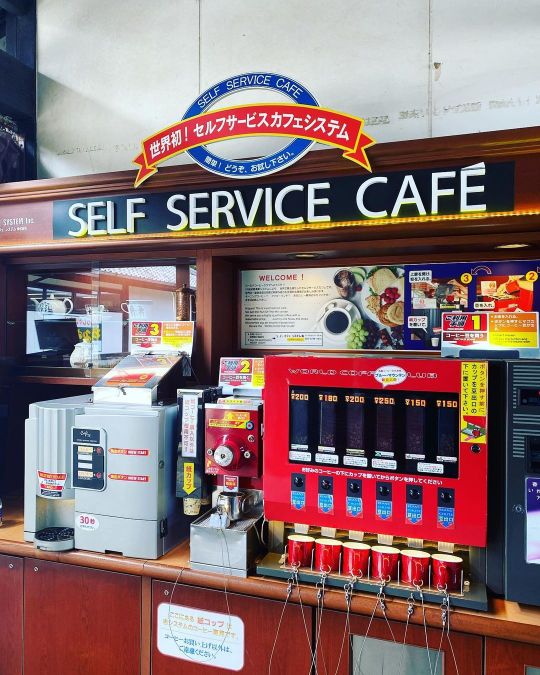
佐賀県の道の駅に、豆から売るタイプのセルフコーヒー自販機があった。斬新! 屋根下だけど、吹きっさらしな場所にあるのが、少々に気になるトコロではありますが…。 【2022.04.01】 #コーヒー自販機 #セルフサービス #自販機 #道の駅 #道の駅桃山天下市 #佐賀県 #唐津市 #鎮西町 (道の駅 桃山天下市) https://www.instagram.com/p/CgdS8QtLH5F/?igshid=NGJjMDIxMWI=
0 notes
Photo
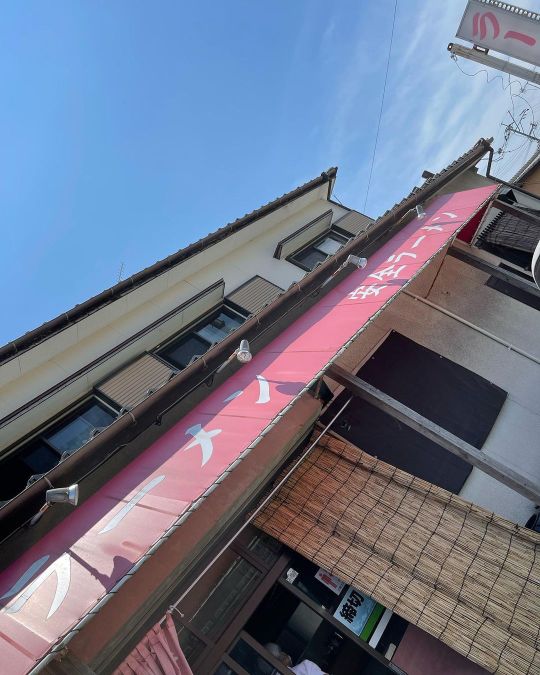
野郎2人でʷʷ(私も野郎化) 糸島遊び。 めっちゃ美味しいラーメン屋さんに連れてって貰い、唐津のとと市場で骨董フリマを流して 一目惚れのバッグを買って貰い ご満悦( *¯ 罒¯*)✧‧˚ 唐辛子🌶の苗も。 白糸の滝に登ってマイナスイオン浴びて、山歩きでヘボヘボになり 海🌊で疲れを癒し 帰りに唐津のうまかもん市場で 野菜三昧。田舎住みで良かった〜 食べ物が美味しい空気も美味しい 娘も会社でピーマン貰ってきたので 大量にチーズ肉詰め作り置き。 今日は濃厚な1日でした! 友よ!ありがとう!! 次は白川水源な🙌 #糸島市 #安全ラーメン #ラーメン #白糸の滝 #姉子の浜 #唐津市 #唐津市とと市場 #唐津市うまかもん市場 https://www.instagram.com/p/CgW8dF4rnH8/?igshid=NGJjMDIxMWI=
0 notes
Photo

On the cliffにてBBQ。 焼いていただいて取り分けていただいて。 至れり尽くせり。 潮風のスパイスも最高でした。 @onthecliff_matsushima_ #onthecliff #松島 #唐津市 #佐賀県 #グランピング #bbq #バーベキュー #潮風がスパイス #至れり尽くせり (松島) https://www.instagram.com/p/Cf86086JQVl/?igshid=NGJjMDIxMWI=
0 notes
